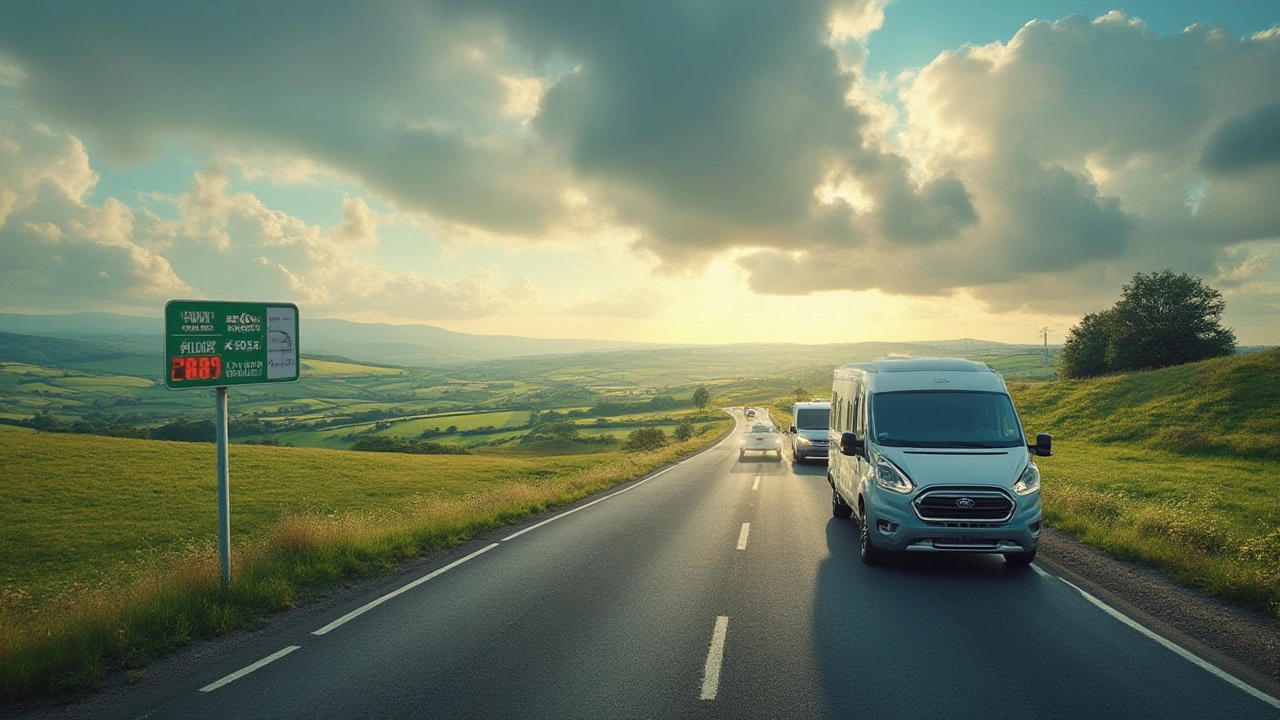Pull a Camper: Easy Tips for Safe Towing in the UK
If you’re thinking about pulling a camper, the first thing to know is that it’s not the same as driving a motorhome. A trailer adds length, weight, and a whole new set of rules. The good news? With a few simple checks you can get on the road confidently and avoid costly mistakes.
What Makes Pulling a Camper Different?
A camper trailer doesn’t have its own engine, so everything depends on the vehicle in front. That means the tow vehicle’s power, brakes, and handling become crucial. In the UK you also need to follow specific licence rules – a standard car licence (Category B) lets you tow up to 3,500 kg max authorised mass (MAM) if the trailer is lighter than 750 kg. Anything heavier needs a Category B+E licence. Before you even think about a route, make sure your licence matches the combined weight of your vehicle and trailer.
Top Checklist Before You Hit the Road
1. Check the weight limits. Look at the MAM on both the vehicle’s V5C and the trailer’s plate. Add the fully‑loaded weight of the camper (water, gas, gear) to your car’s weight. Keep the total under the lower of the two limits.
2. Choose the right hitch. A ball mount that matches your trailer’s coupler size (usually 50 mm) is essential. Make sure the hitch rating exceeds the trailer’s Gross Trailer Weight (GTW). A quick visual check for cracks or rust can save you a breakdown.
3. Fit a braking system. If your trailer’s GTW is over 750 kg you’ll need an auxiliary brake controller. Most modern tow cars have a built‑in controller, but you may need an aftermarket unit for older models.
4. Test the lights. Brake, turn, and reverse lights must work perfectly. A simple walk‑around with the vehicle stopped will tell you if any bulb is out.
5. Practice manoeuvring. Backing up a trailer is a skill. Find an empty car park and try a few turns. Notice how the trailer pushes the rear of the car and adjust your steering accordingly.
6. Plan your route. Avoid narrow village streets, low bridges, and steep hills if your trailer is heavy. Use the UK’s “National Parks” or “Scenic Routes” guides to find wider lanes and pull‑over spots.
7. Pack smart. Keep the heaviest items low and centered in the trailer. Secure everything with straps – loose gear can shift and affect handling.
When you’re ready, do a short test drive. Accelerate gently, brake early, and take a few corners at moderate speed. If the trailer feels stable, you’re good to go.
Pulling a camper opens up a world of flexible holidays. You get the comfort of a home‑like living space without the bulk of a full motorhome. Follow these steps, stay within legal limits, and you’ll enjoy the freedom of the open road without the headaches.
Got a question about a specific tow vehicle or trail you’re curious about? Drop us a line – we love helping fellow campers hit the road safely.
Pulling a Camper vs Driving an RV: Which Is Cheaper for Your Next Road Trip?
Get the real numbers and facts about pulling a camper versus driving an RV. We break down costs, fuel, maintenance, and all the surprises you may face on the road.
